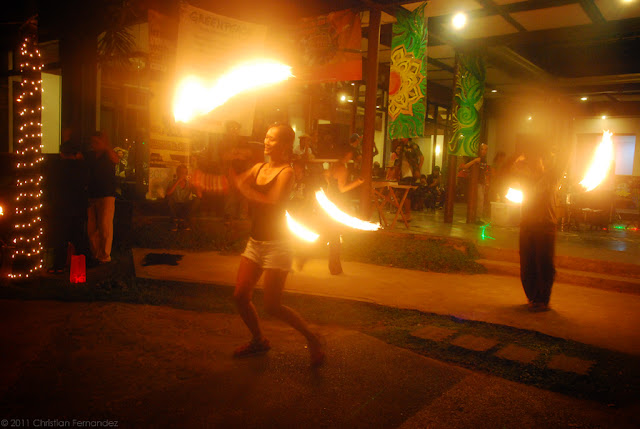Somehow I find myself always having an affinity with the goddesses of the arts and beauty. Yeye Oshun has been for me a symbol of gaiety and elegance. Brighid of the Gaels provides me with artistic inspiration and the energy to turn it into craft. Now I pray to Maha Lakshmi, the lotus goddess of wealth, for material providence and sustenance - because the reality nowadays is that art and beauty often costs money. I was also feeling a need to get acquainted with the vedic gods being that the Philippines is a part of Greater India.
The feast of Diwali is traditionally a time to make puja to Lakshmi. Being my first time to do puja I made a research on the internet, and gods, the information was very overwhelming. Aside from the procedure and materials needed, it is also of course necessary to know what each act, gesture or material offering symbolizes to get a deeper significance out of it.
Thankfully Taj grocery in Makati sells a puja ritual kit for only 100 pesos, which is a great value considering it is packed with almost all the ingredients needed to do puja - different colored kum kum powders, incenses, camphor, mauli thread for decorations, janeau thread to be used as wicks for ghee lamps, a small bottle of anointing perfume, a small clay dish, a mantra booklet which is unfortunately written in devanagari, and lots and lots of different offerings.
Even with all the preparation, I wasn't sure if I did everything 'right'. By the start of my puja prayer I just let go of my anxiety and let Maha Lakshmi know that I did all I can with utmost sincerity.
Drawing a swastika and lotus flowers on the kalasha, a symbol of Lakshmi
Offerings of kumkum-colored rice, seeds, nuts, grains, and a bottle of anointing oil.
Mixing aksatha (uncooked rice) with sindoor powder.
Lotus rangoli (mandala-shaped art) made from abeer, sindoor and gulal powder.
Aarti plate containing diyas (lamps). The flowers are more than just decoration, the coronets of baby's breath stems holds the lamps into place.
Making a panchamitra of milk, ghee, sugar, honey and yogurt (traditionally curd) to be used to bathe the Hindu statues.
The sacred mauli thread is worn during and after the puja.
The puja items are now prepared.
Burning camphor purifies the space.
The diyas are lit on the aarti plate.
Shri Maha Lakshmi sits on the rangoli wearing a garland. The rangoli sits on the purna-kalasha which is placed on kumkum-colored rice on a banana leaf. It is filled with water, coin, leaves and other items related to Lakshmi. Offerings are placed nearby.
A puja is also made to Ganapati.
दिवाली की शुभकामनाएं
Basbasan Nawa!







































































